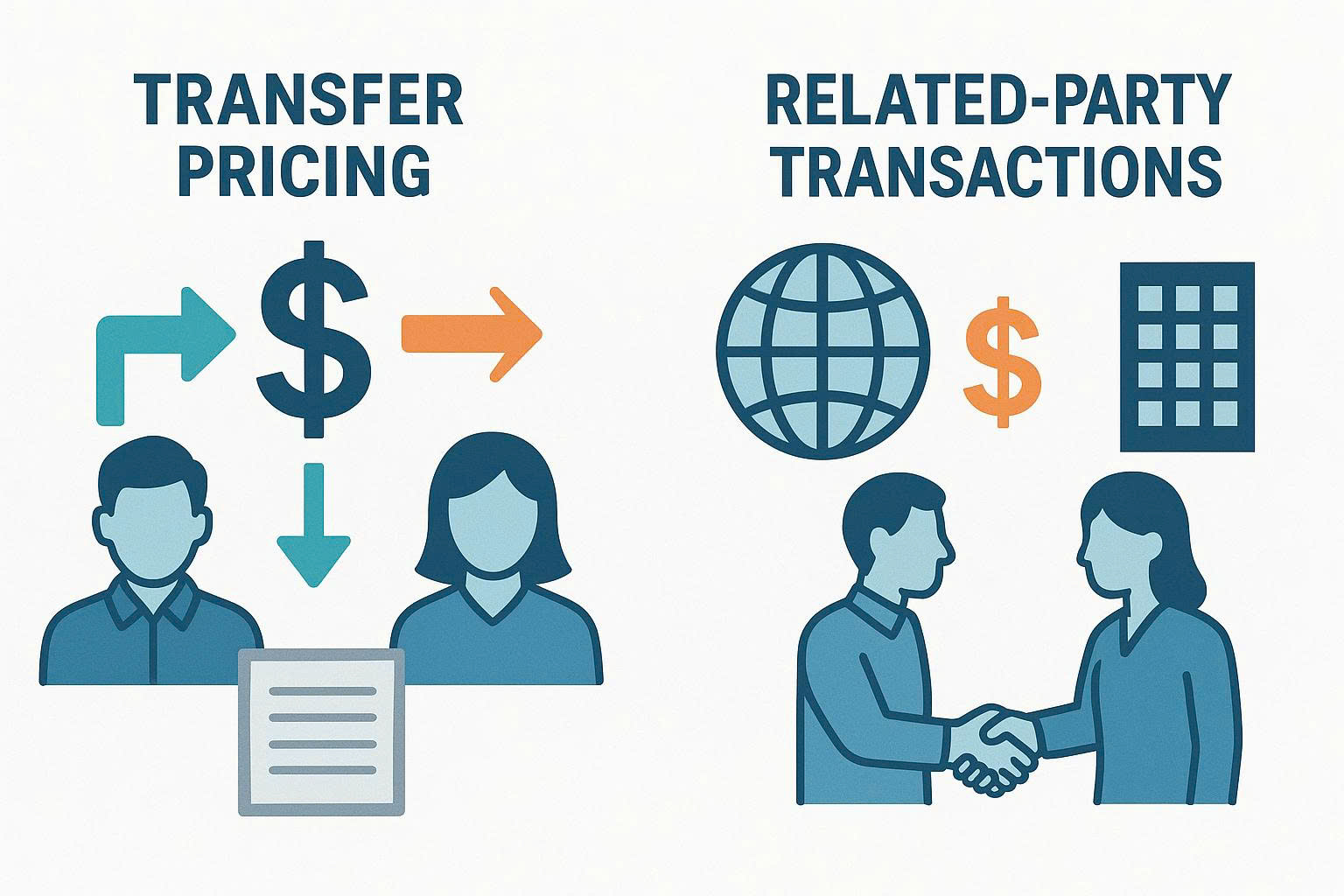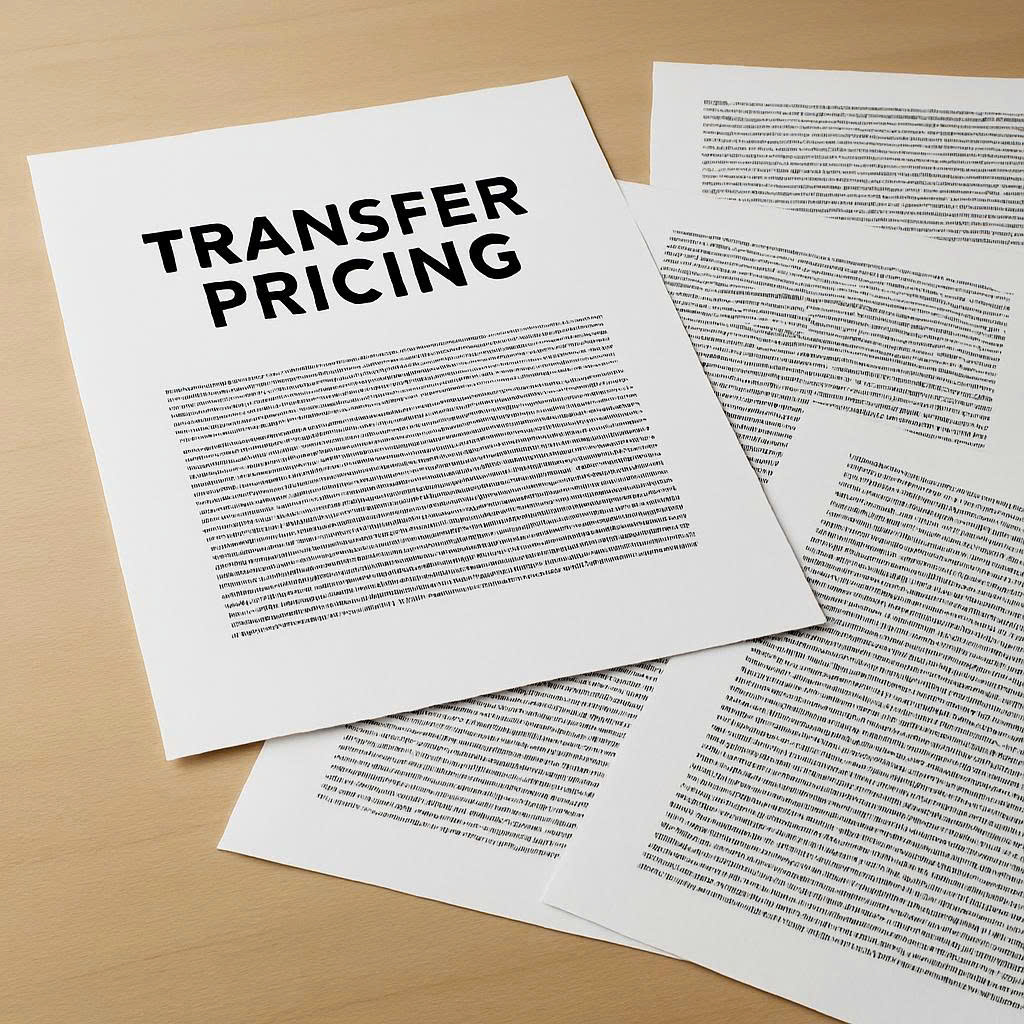Transfer Pricing (Transfer Pricing) is no longer a foreign concept to enterprises engaged in related-party transactions, especially multinational corporations. However, many still misunderstand transfer pricing as always being an illegal tax evasion practice.
In reality, transfer pricing can be conducted entirely legally and is an effective financial management tool that helps businesses optimize profits while complying with the law. This article provides an overview of legal transfer pricing in Vietnam, relevant regulations, and how enterprises can implement it properly.

1. What is Transfer Pricing and Why is it Important?
Transfer Pricing (Transfer Pricing) refers to the pricing of transactions between related parties within the same corporate group in the course of production or business. Such transactions may include the sale of goods, provision of services, intercompany loans, or transfers of intangible assets. The main purpose of setting these prices is to allocate profits and costs among subsidiaries within the group.
Why is transfer pricing important?
- Tax Optimization: By adjusting transaction prices, companies can legally shift profits from high-tax jurisdictions to lower-tax jurisdictions, provided they comply with applicable laws.
- Performance Evaluation: Transfer pricing enables corporate groups to accurately evaluate the business performance of each subsidiary, thereby informing appropriate business strategies.
- Regulatory Compliance: Compliance with transfer pricing regulations is mandatory to avoid tax risks and penalties from authorities.
2. Legal Transfer Pricing in Vietnam: Regulatory Framework
Vietnam has issued several legal instruments to regulate transfer pricing activities, ensuring fairness and transparency in tax collection. The most important include:
- Decree No. 132/2020/NĐ-CP The primary legal framework regulating tax administration for enterprises with related-party transactions. It establishes arm’s length principles for determining related-party prices and stipulates requirements for transfer pricing documentation.
- Decree No. 20/2025/NĐ-CP: Amends certain provisions of Decree 132, providing specific guidance on declaration, calculation, and payment of tax on related-party transactions. This decree requires enterprises with related-party transactions to prepare and maintain transfer pricing documentation, including Local File, Master File, and Country-by-Country Report (CbC Report), which must be submitted to the tax authority upon request.
3. Conditions for Legal Transfer Pricing
For transfer pricing to be considered legal in Vietnam, enterprises must comply with the following principles and conditions:

- Arm’s Length Principle (Arm’s length Principle): Transaction prices between related parties must be determined on the basis of independent transactions, i.e., equivalent to the prices that would be applied between unrelated parties under similar conditions. This is the core principle of legal transfer pricing.
Example: Company A (Vietnam) sells products to Company B (abroad) at USD 100 per unit. If the market price for the same product sold to unrelated parties is also USD 100, then this transaction is deemed legal. The enterprise still engages in internal transfer pricing but remains compliant with tax regulations, without causing losses to the state budget.
- Preparation of Transfer Pricing Documentation: Enterprises must prepare and maintain transfer pricing documentation in accordance with Decree 132/2020/NĐ-CP. Such documentation must demonstrate that transaction prices were determined on an arm’s length basis.
- Full and Accurate Tax Declaration: Enterprises must fully declare all related-party transactions in their corporate income tax returns, ensuring transparency and accuracy of information.
4. Solutions to Optimize Related-Party Transactions and Ensure Legal Transfer Pricing
To simultaneously optimize business efficiency and ensure legal compliance, enterprises need to build a professional transfer pricing management strategy. Some specific solutions include:
- Establishing Internal Transfer Pricing Policies: Develop clear and consistent rules and methods for pricing all related-party transactions, based on the Arm’s Length Principle
- Preparing and Maintaining Transfer Pricing Documentation: As required under Decree 132/2020/NĐ-CP, enterprises must prepare and retain three key sets of documentation: Master File, Local File, and Country-by-Country Report (CbC Report). These documents serve as the most important legal evidence in dealings with tax authorities.
- Effective Cost Control: Enterprises can tightly manage intra-group expenses such as management fees, advertising costs, or intercompany loans. When such costs are determined fairly and in line with the arm’s length principle, businesses can optimize overall expenses while remaining compliant with regulations.
- Professional Advisory Services: Transfer pricing is a complex field requiring in-depth expertise in accounting, finance, and law. Collaborating with reputable advisory firms helps businesses establish strong defense systems, minimize risks, and optimize strategies legally.
5. Conclusion
Transfer pricing is a complex issue that requires close coordination across multiple functions. To ensure related-party transactions remain compliant and deliver maximum efficiency, having a team of professional advisors is essential. đội ngũ tư vấn chuyên nghiệp là vô cùng cần thiết.
If your enterprise is seeking comprehensive advisory solutions on transfer pricing management—from policy development and compliance documentation to representation before tax authorities—please contact us for professional support.
- Email: nghia@ivlf-advisors.com
- Website: www.ivlf-advisors.com

